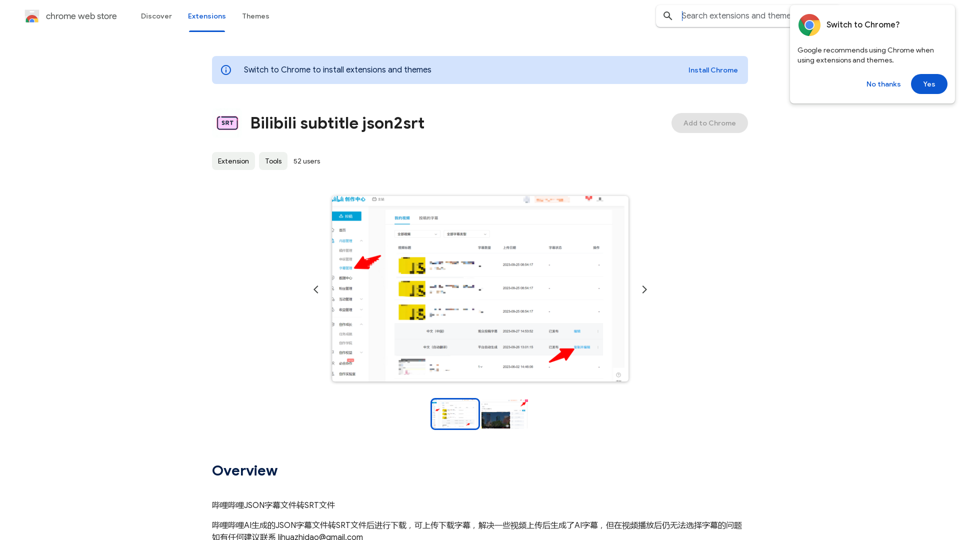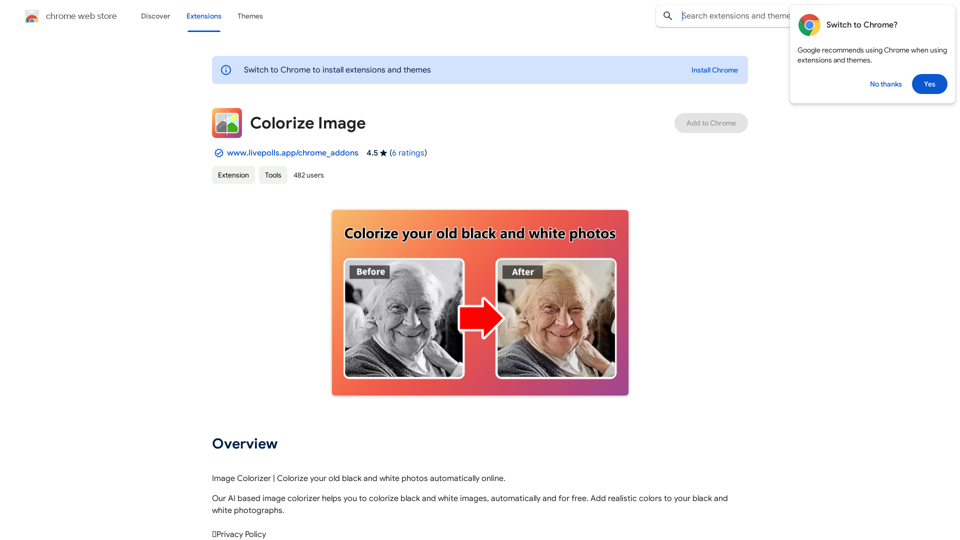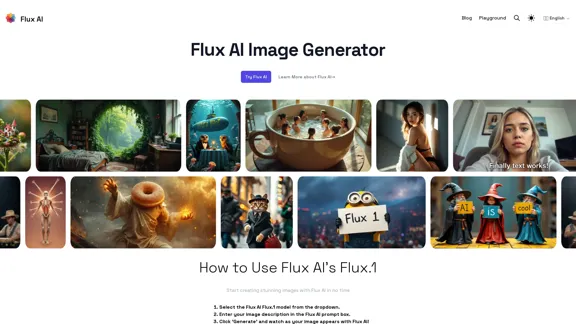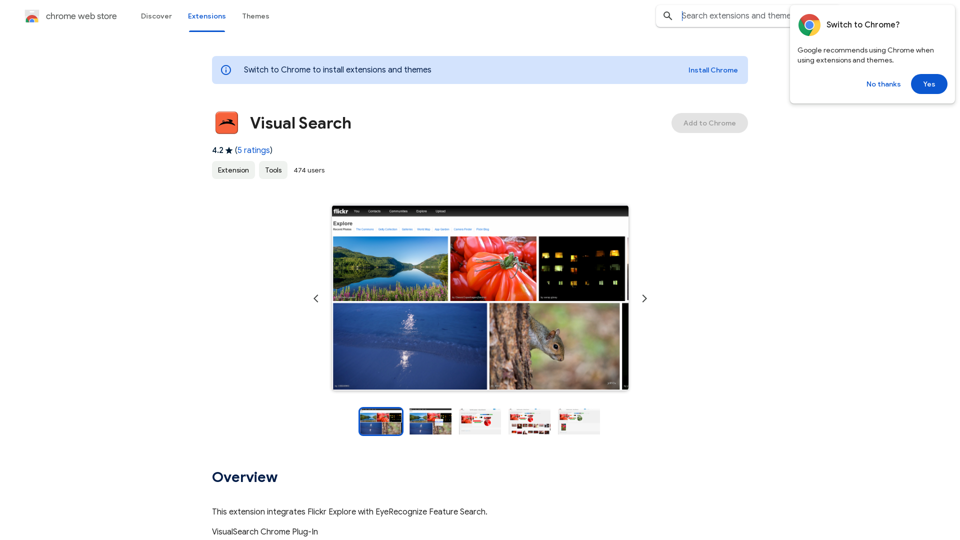SubEasy is an AI-powered audio transcription and video subtitles platform that offers accurate and fast transcription services. It supports over 100 languages, making it ideal for global communication and content creation. SubEasy's perfectly timed and segmented subtitles, along with its exclusive subtitle reflow feature, ensure high-quality results that outperform competitors in the industry.
SubEasy: AI Powered Audio Transcription & Video Subtitles
SubEasy.ai提供具有无与伦比的准确性的人工智能自动转录和翻译服务,跨越100种语言的上下文感知AI翻译。现在注册!
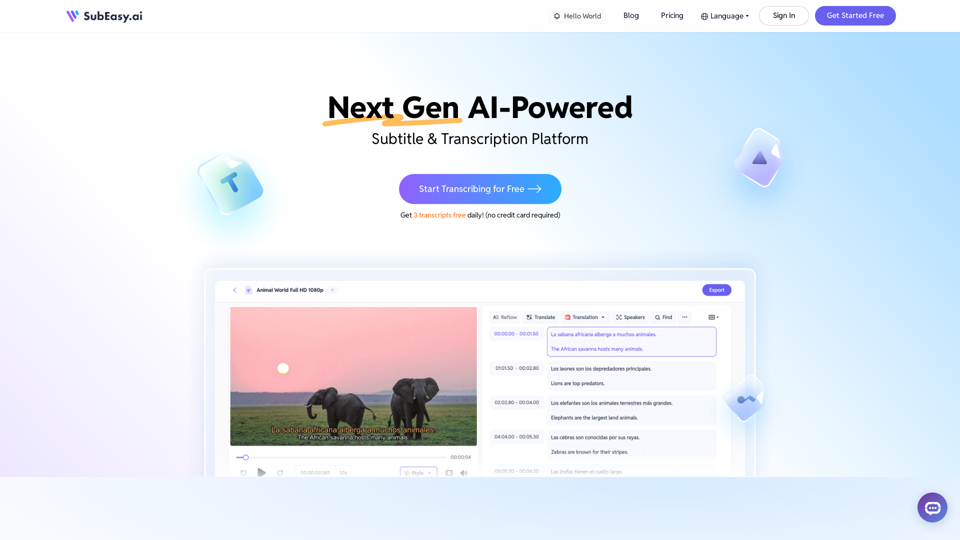
Introduction
Feature
Accurate Transcriptions
SubEasy's AI-powered technology delivers highly accurate transcriptions that meet the highest industry standards, outperforming competitors.
Perfectly Timed and Segmented Subtitles
The platform provides subtitles that are perfectly synchronized with video content, ensuring a seamless viewing experience.
Extensive Language Support
With support for over 100 languages, SubEasy caters to a global audience and facilitates international content creation.
Exclusive Subtitle Reflow
This unique feature offers context-aware and time-aware subtitle segmentations, enhancing the overall quality of subtitles.
Free Trial and Tools
SubEasy offers a free trial for users to test its services. Additionally, it provides free tools such as a VTT to SRT converter and an MP4 to text transcription tool.
Customization Options
The platform offers various customization options to ensure that subtitles meet specific user needs and preferences.
FAQ
How does SubEasy's transcription service work?
SubEasy utilizes AI-powered technology to provide fast and accurate transcription services for audio and video content.
Can I use SubEasy's subtitles for my video content?
Yes, SubEasy's subtitles are designed for use with video content. The platform offers customization options to ensure the subtitles meet your specific requirements.
How do I get started with SubEasy?
To begin using SubEasy, simply sign up for a free trial on their website. This allows you to start using the platform's transcription and subtitle creation services immediately.
Latest Traffic Insights
Monthly Visits
422.02 K
Bounce Rate
52.06%
Pages Per Visit
2.49
Time on Site(s)
99.28
Global Rank
111810
Country Rank
Indonesia 18747
Recent Visits
Traffic Sources
- Social Media:2.44%
- Paid Referrals:0.69%
- Email:0.08%
- Referrals:7.14%
- Search Engines:46.25%
- Direct:43.39%
Related Websites
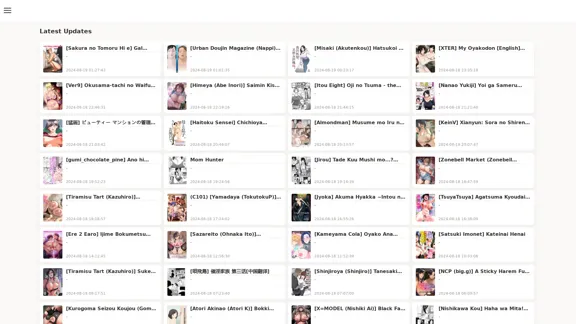
FreeAI Manga is a website that provides free access to a wide variety of manga content, including doujinshi and adult-oriented manga. The site features a regularly updated collection of manga titles across different genres and languages, with a focus on fan-translated works.
0
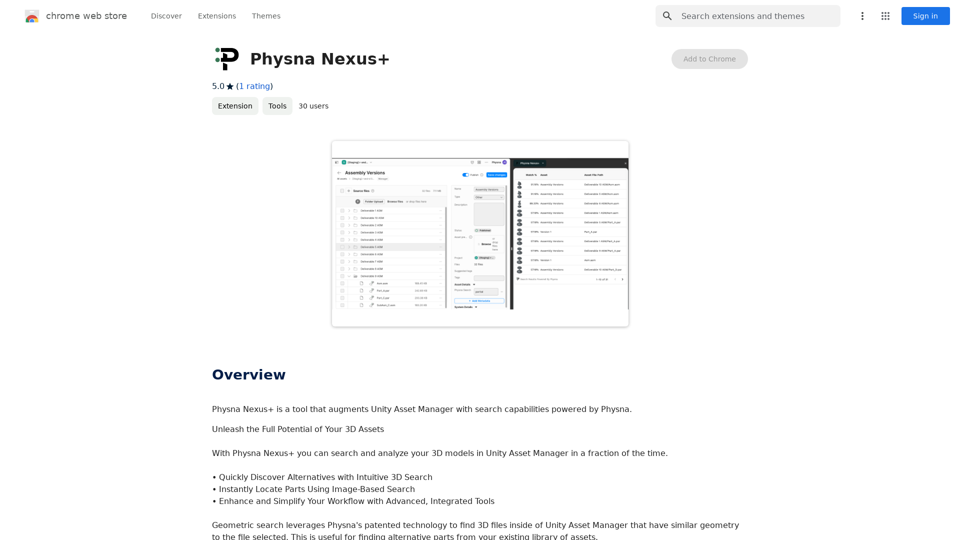
Physna Nexus+ is a tool that improves Unity Asset Manager by adding search features powered by Physna.
193.90 M
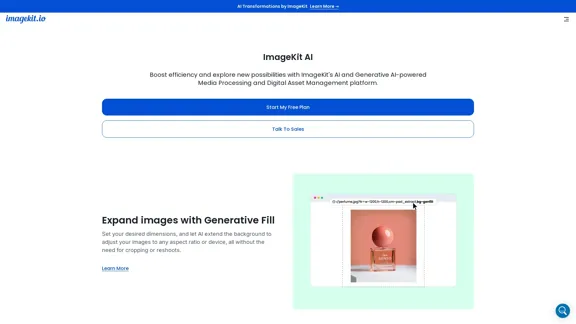
ImageKit AI for media delivery and management | ImageKit.io
ImageKit AI for media delivery and management | ImageKit.ioLeverage AI and Generative AI to transform media processing and digital asset management at scale with ImageKit AI.
1.06 M
